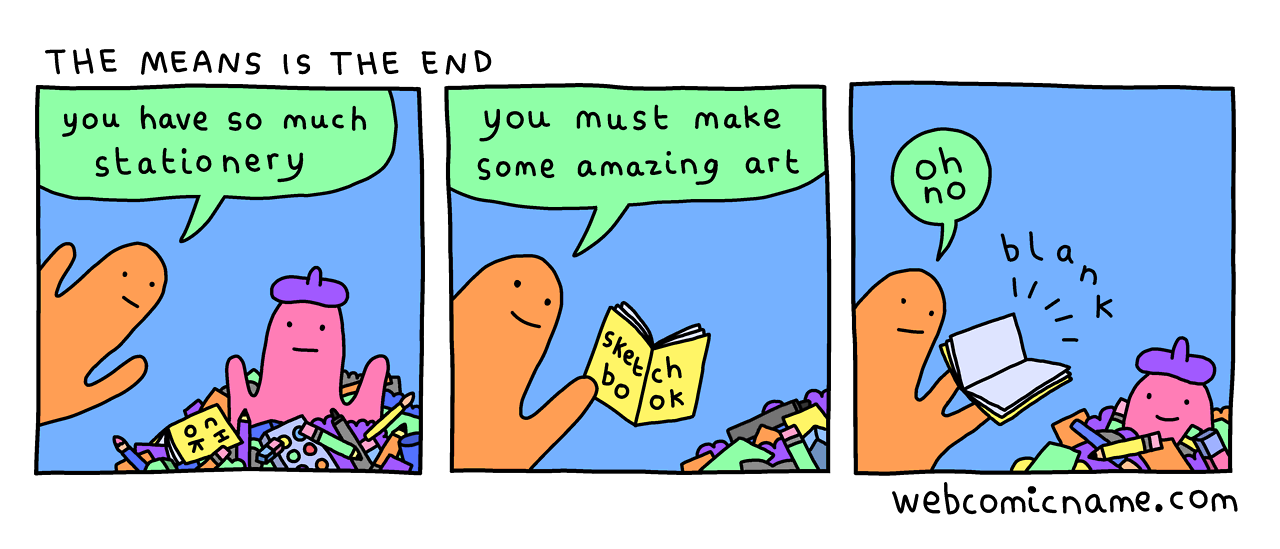The best homemade cacio e pepe
One of the things I miss most about living in Rome (apart from the awesome friends we had to leave behind) is not having steady access to decent cacio e pepe. I’ve written before about my love for this dish, how it completely changed the way I think about food. And it’s the first thing I order whenever I’m in Italy.
To make things worse, I’ve never been able to successfully recreate the dish at home. The versions I make are always too gloopy, or it’s too wet, or it’s too flavourless.
Until Kenji.
In my house, Kenji Lopez-Alt is to food what Mark Kermode is to films. Nothing gets made without first asking “how would Kenji make this?” and consulting his book, The Food Lab (which might be my favourite cookbook). So, on a whim, I checked out what he had to say about homemade cacio e pepe. And he’s got a video about it. I made his version tonight and it was, without a doubt, the best cacio e pepe I’ve ever made.
A couple of notes about his recipe:
- Don’t use fresh pasta for this. The timings are for dry pasta and they’re relatively precise - if you use fresh pasta, your pasta will be done before the oil has had time to cool down, so your butter won’t emulsify with it. Plus, this is just a personal thing, but I think fresh pasta is kinda wanky anyway. If you’re trying to impress someone with this dish, you’re much better of spending your money on better quality cheese.
- Maybe use normal olive oil to fry the pepper at the start. Even being as gentle as possible, the extra virgin just has a sharpness to it that can overpower the cheese. Drizzling extra virgin at the end is plenty.
 johnke.me
johnke.me